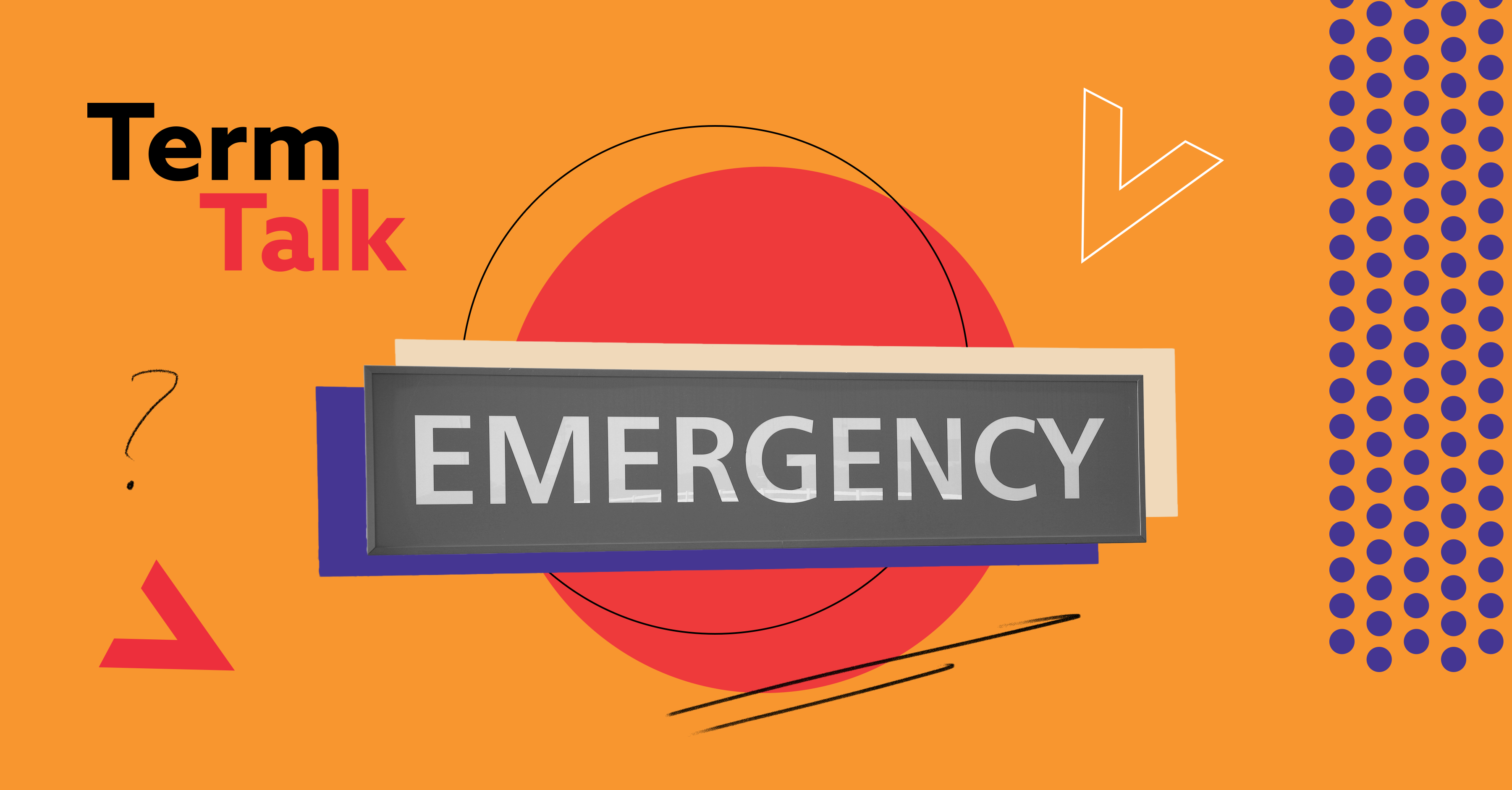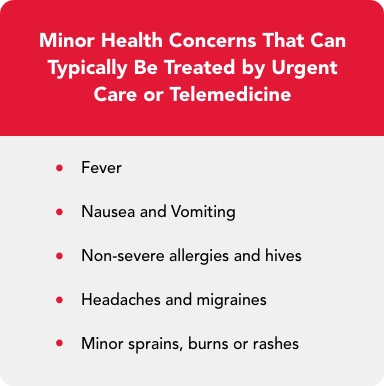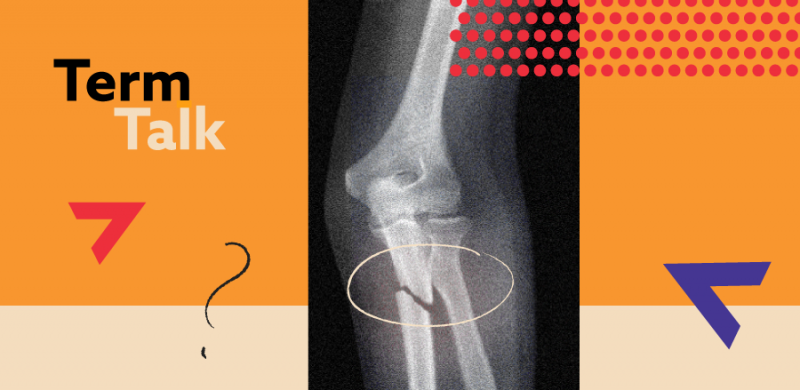
Members often have questions about their health plan, from the definition of terms to how to best utilize their coverage. Our Term Talk series aims to answer commonly asked questions to help you better understand health insurance and empower you to make decisions about your coverage that best fits your needs.
A common dilemma:
Recently, my son sprained his wrist and we brought him to a nearby emergency room to get checked out. Not only did we have to wait a couple hours before seeing a doctor, but I later received a substantial bill in the mail. I thought the emergency room was the best place for him, but now I’m wondering if it would have been better if I made an appointment with his PCP instead.

Options to access health care
When a health issue arises that needs medical attention, there are many ways to access care. The best place to receive care often depends on the type of health issue being treated. Some health concerns may require immediate attention at an emergency room and others may make more sense to schedule an appointment with your own primary care physician. Here are the typical options for how you can access health care when the unexpected arises:
- The emergency room (ER) or emergency department is the part of a hospital responsible for the provision of medical and surgical care to patients arriving in need of immediate care, particularly for major injuries or health concerns.
- An urgent care center is focused on the delivery of medical care for minor illnesses and injuries in an ambulatory medical facility outside a traditional emergency department. Some urgent care centers may even offer X-rays. Similar to an urgent care center, there are also retail clinics, which offer a more limited scope of care from a health care professional who is available on site within a large retail pharmacy chain.
- Your own primary care provider (PCP), who is the doctor, nurse practitioner or other qualified medical professional you see for annual checkups, can also be seen for treatment of an unexpected health issue.
- Virtual care or telehealth is a way to receive health care without an in-person office visit, primarily through internet access on your smart phone, computer or tablet. With telehealth, or telemedicine as it’s sometimes referred to, patients can speak to a health care provider over the phone or through video chat. They’re also able to send and receive secure messages like emails or file exchanges and doctors can conduct remote monitoring when needed.
Which health care option is best for me?
Though there are multiple ways to access care, many people choose to go to the emergency room for both major and minor medical issues. However, an emergency room trip for non-life-threatening emergencies will cost significantly more than it would at your PCP’s office or an urgent care clinic. For example, a trip to the ER for an earache may cost three to four times as much as it would at your PCP’s office or urgent care—and you’re likely to wait longer before you’re seen by a nurse or doctor. While it’s sometimes necessary to go to the ER, in many cases there are other solutions that may save you time and money. Here are some considerations when deciding where to go for health care:
Always visit the ER in the case of life-threatening emergencies. If you or someone you know shows any of the following signs, go to your nearest emergency room or call 911 immediately:

For a non-life-threatening medical concern, you may be able to contact your PCP for a same-day appointment. However, another option—especially during a night or weekend—is an urgent care center. Urgent care centers do not require appointments and can provide similar care to what you’d receive with your PCP, as well as some services you’d find in the ER like X-rays or labs for fractures or sprains. And for very minor health issues like earaches or poison ivy rashes, retail clinics also offer walk-in care.
Another option for minor health concerns is through a telehealth appointment. Some insurance providers have partnerships with telehealth providers that allow access to a network of health care professionals. For instance, Harvard Pilgrim members have around-the-clock access to doctors, therapists and other medical professionals through Included Health’s Doctor On Demand.

Planning for the unexpected
While immediate health needs often arise unexpectedly, knowing ahead of time what your care options are can help you make the best decision in the moment. And for non-life-threatening health issues, if you’re unsure of whether you need in-person care, consulting with your PCP or scheduling a telehealth appointment may be a good place to start.
To locate a hospital or urgent care center near you, check out our Find a Provider tool for Harvard Pilgrim members. You can also review your Harvard Pilgrim plan documents for details on member cost sharing, or the portion you pay for specific services received, including visits to your PCP’s office, a retail clinic, an urgent care center, and an emergency room.


